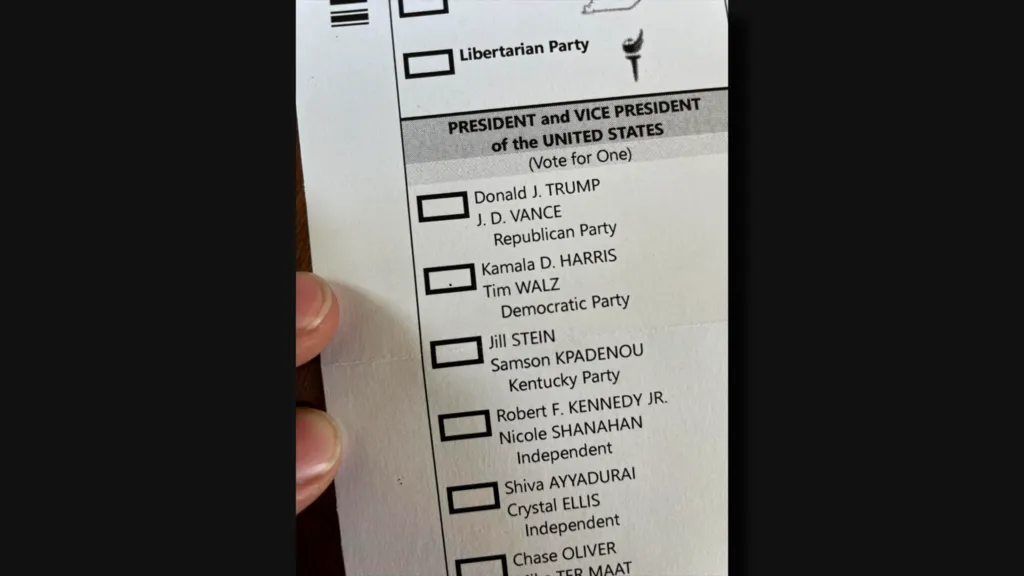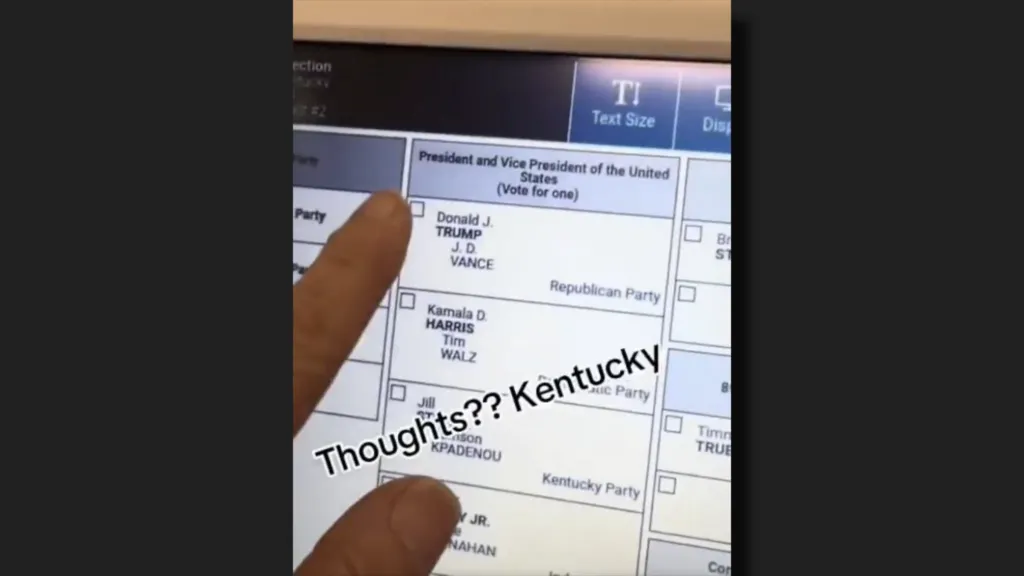Introduction
The spread of voting fraud claims after the 2020 election reached unprecedented levels in the US, and social media platforms turned into a breeding ground for misinformation. These viral allegations made the public think the ethical election process might have been compromised, causing nationwide mass debates. Anecdotal evidence and little context can quickly turn into conspiracy theories. Maybe a fact-checking organization, a politically engaged citizen, or a social media user saw our content, but they need to know if it’s true. This blog post directly breaks down four of the most viral claims from those initial reports. It delves into the background behind the allegations, the investigations, the results discovered, and the need for skepticism and fact-based discourse in the public realm.
Debunking the Detour: Viral Claim #1: Dead People Voted
A claim that endured during the 2020 election was that deceased individuals voted. A new conspiracy theory claimed widespread on social media networks was fueled by anecdotal reports and lists of people allegedly found on voter rolls who have died. The notion that a corpse is voting in an election should raise the hair on the back of your neck, and the integrity of the process should be the last thing any of us are questioning.
This claim has been fact-checked by independent fact-checkers, including PolitiFact and Snopes, who have found that the. Upon reviewing the evidence, they determined that the examples of dead people casting ballots were simply clerical mistakes or cases of mistaken identity or fabrications. Election officials in multiple states reported that their systems have built-in safeguards against such things, and most make a point of updating voter rolls to remove anyone who has died.
Overall, while the idea of dead people voting is a pretty sensational one that tends to circulate quite quickly, the evidence proves otherwise. Elections officials and independent probes have repeatedly found no widespread cases of the dead determining the election results. This reminds us never to take anything for granted.
Fallacy #2: Night-time ballot dumping
Another giant virus claim during the 2020 election involved dropping ballots in the middle of the night. Essentially, they claimed thousands of ballots were added to the tallies in the middle of the night when there weren't very many people around, thus calling into question the integrity of the vote. Images and videos that falsely alleged that ballots were brought inside during the middle of the night gained traction, adding to suspicions of malfeasance.
This statement is pretty easy to explain by the standard procedures followed while counting the votes. Ballot processing and counting frequently continue throughout the night, especially in states that get a large chunk of ballots in by mail, election officials say. Entry. The videos that have gone viral of late-night deliveries of ballots were, in most cases, being transported from drop-off locations to central count facilities, which is entirely legal and necessary to ensure a timely result.
These claims were examined by the nonpartisan Election Integrity Partnership, which found no evidence to support allegations of illegal manipulation. Instead, they stressed that the impression of ballot dumping was the result of election process confusion. Citizens should know how ballots are treated and counted to build trust—again, an argument for public education about how elections work.
Viral Claim #3: Sharpiegate — Your Vote Was Not Counted
The claim, dubbed Sharpiegate, was that writing on ballots with a Sharpie marker would lead to uncounted votes. That claim sparked fears from ballot observers that ink would seep through the ballot paper and invalidate their votes. All this contributed to a frenzy enhanced by alarming social media posts and videos coming out from the polling places, many of which seemed to suggest potential voter suppression.
Election officials and experts quickly refuted those concerns, noting that modern-day vote-counting machines can read ink from a range of writing implements, including Sharpies. These machines utilize technology that prevents a Sharpie from invalidating a ballot. In some areas, Sharpies are actually preferred because they dry more rapidly.
Other Fact-checking organizations such as Reuters and The Associated Press confirmed that Sharpegate was based upon misunderstanding, not fact. Election officials have issued statements confirming that there wasn't a widespread problem with ballots marked with Sharpies and told voters that their counting systems worked and were reliable. The verdict, in this case, is just as viral speculation-able as any celebrity defamation case you can shake a gavel at — this time, re-focus on experts instead, please:
Viral Claim #4 — software could change votes
Concerns about electronic voting systems were primarily fueled by a false assertion that software glitches had changed votes in the 2020 election. These allegations, admitting that technical failures or deliberate manipulations could have changed election results, created serious skepticism about the technology utilized to count votes.
In response to these allegations, election officials touched off a record number of audits and investigations into the supposed software problems. Those individual states used systems that experts in election technology and cybersecurity canvassed for indications of any irregularities or vulnerabilities. The researchers found repeatedly that the apparent malfunctions were isolated events triggered by operator error or, in some instances, record-keeping errors, not systemic problems.
Audits, including those from the Cybersecurity and Infrastructure Security Agency (CISA), deemed the election "the most secure in U.S. history." The audits disproved allegations of widespread software issues and supported trust in the technology applied during the election process. This makes the need for credible and expert analysis in evaluating the claims technical in nature; hence the need for independent verification.`
Conclusion
With modern media spreading news at near-breakneck speeds, fact-checking can be a saving grace in preserving the integrity of public discourse. These four viral allegations of voting fraud, examined in this post, illustrate how swiftly quasi-information can take root and challenge democratic processes. Investigations into these claims and expert demeanor have debunked them, reaffirming that the election was indeed proper and correct in 2020.
While those of us who are politically engaged, fact-checkers, and social media users will find ourselves nodding along to the findings, the study also reminds us of the importance of examining the sources and developing critical thinking skills. To partake responsibly in public discussion is to passionately commit to checking claims and the context in which sensational stories circulate. In promoting a culture where we can have facts-based conversations with one another, we can stave off misinformation and ultimately protect the democratic ideals that serve as the backbone of society.
Fact-checking during the 2020 election would not occur, and there is a need to remain vigilant. With greater awareness and critical thinking, we can help pave the way for a more transparent and accountable public conversation and, ultimately, a more resilient democracy in the battle against false information.





0 Comments